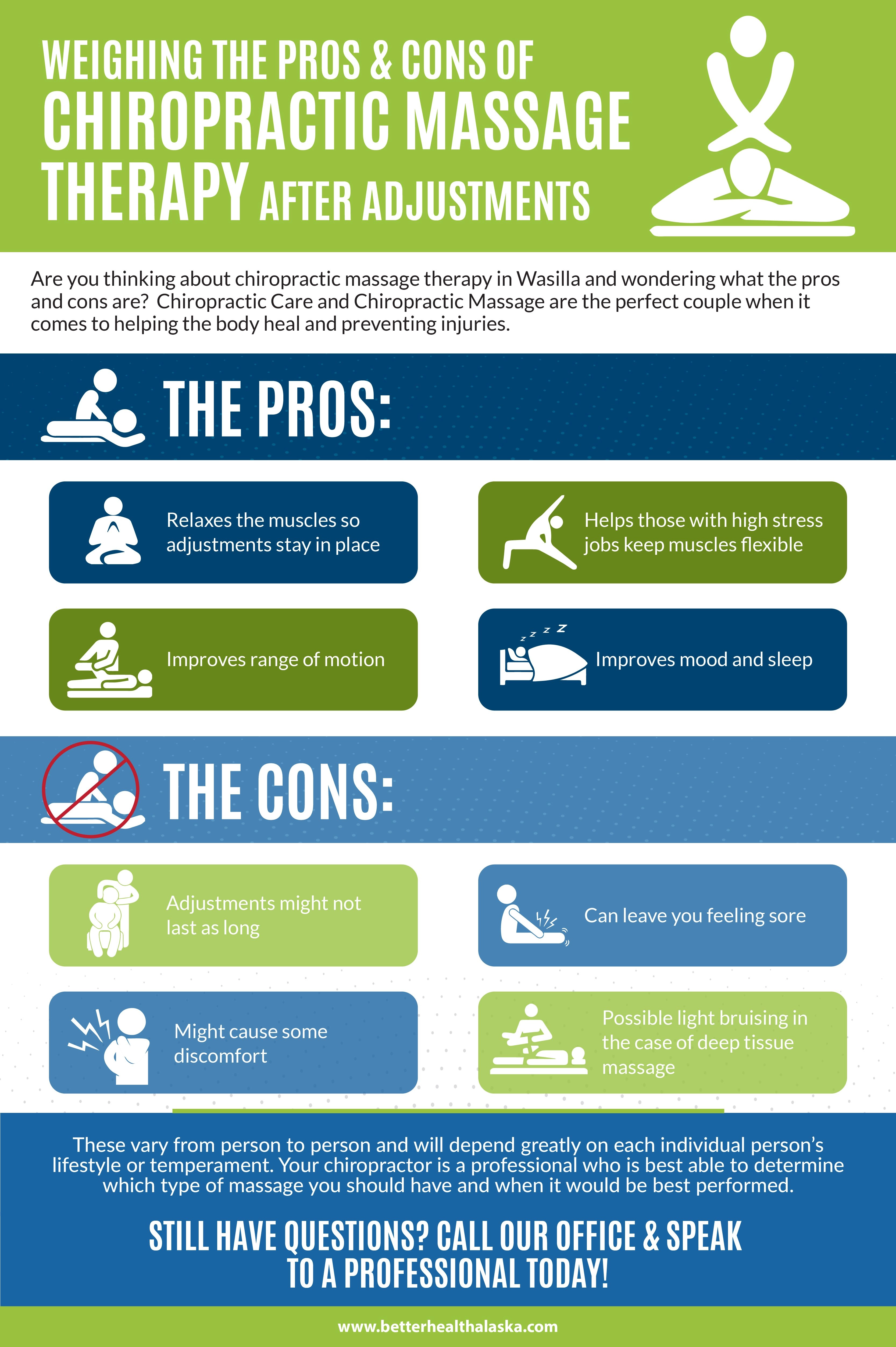A Newbie'S Overview To Understanding Cervical Back Anatomy And Its Effect On Neck Pain
A Newbie'S Overview To Understanding Cervical Back Anatomy And Its Effect On Neck Pain
Blog Article
Write-Up Created By-MacKay Ortega
As you sit there, probably really feeling an ache of discomfort in your neck, have you ever before thought the elaborate frameworks that comprise your cervical spine? Recognizing exactly how the vertebrae, discs, and nerves engage in this region can clarify why neck pain can be so persistent and devastating. By exploring the foundations of cervical spinal column anatomy and its implications for neck discomfort, you might discover understandings that can help you much better take care of or perhaps protect against those irritating pains and tightness.
Relevance of Cervical Back Makeup
Understanding the importance of cervical spine makeup is crucial in understanding the complexities of neck discomfort. The cervical spine, made up of seven vertebrae, plays an essential duty in supporting the head's weight and facilitating activity. It houses the spinal cord, which sends messages between the brain et cetera of the body. In addition, the cervical back shields these fragile nerves and provides structural stability to the neck region.
Furthermore, the cervical back enables a wide variety of movement, enabling you to turn your head, turn it sideways, and nod backwards and forwards. Each vertebra has particular features and functions that contribute to the general versatility and security of the neck. Understanding the makeup of the cervical spinal column can assist you understand how injuries or degenerative conditions in this area can cause neck discomfort and related symptoms.
Components of the Cervical Spinal column
When exploring the elements of the cervical spinal column, it becomes apparent that its framework consists of 7 vertebrae, labeled C1 to C7, stacked on top of each other. These vertebrae are crucial as they give support to the head and permit a variety of activity in the neck.
The upper vertebra, C1, also known as the atlas, supports the head and makes it possible for the nodding motion of the head. Directly below C1 is the C2 vertebra, referred to as the axis, which allows for the turning of the head from side to side.
Moving down https://newsday.co.tt/2021/11/01/the-critical-role-of-somatic-sex-education/ , each vertebra plays an important duty in keeping the back's adaptability and stability. Between each vertebra are intervertebral discs that serve as pillows, absorbing shock and preventing the vertebrae from scrubing against each other.
Understanding the components of the cervical back is crucial in understanding exactly how the spine features and its possible influence on neck pain.
Partnership In Between Spinal Column and Neck Discomfort
The link in between the spinal column and neck pain is a crucial element of comprehending bone and joint discomfort. Your spine, specifically the cervical area, plays a substantial role in supporting your head and enabling various activities. When there's a problem in the back, such as a herniated disc or misalignment, it can straight impact the surrounding tissues and nerves, resulting in neck pain. Poor pose, injuries, and degenerative conditions can all contribute to spine-related neck pain.
top rated chiropractor near me to identify that the back and neck function as a natural system. Any type of irregularities or discrepancies in the spinal column can cause pressure on the neck muscle mass and ligaments, causing pain and tightness.
https://rowanlbriy.myparisblog.com/32370920/contrasting-traditional-physical-therapy-techniques-vs-new-comes-close-to-for-neck-and-back-pain-relief
Since you have a basic understanding of cervical back anatomy and its link to neck discomfort, you can much better value the complexities of your own neck discomfort. Bear in mind, the health of your cervical spinal column plays a critical duty in sustaining your head and promoting movement, so it's important to take care of it through correct posture, workout, and regular examinations with a medical care expert. Stay informed and proactive concerning your back wellness to prevent and take care of neck discomfort effectively.
